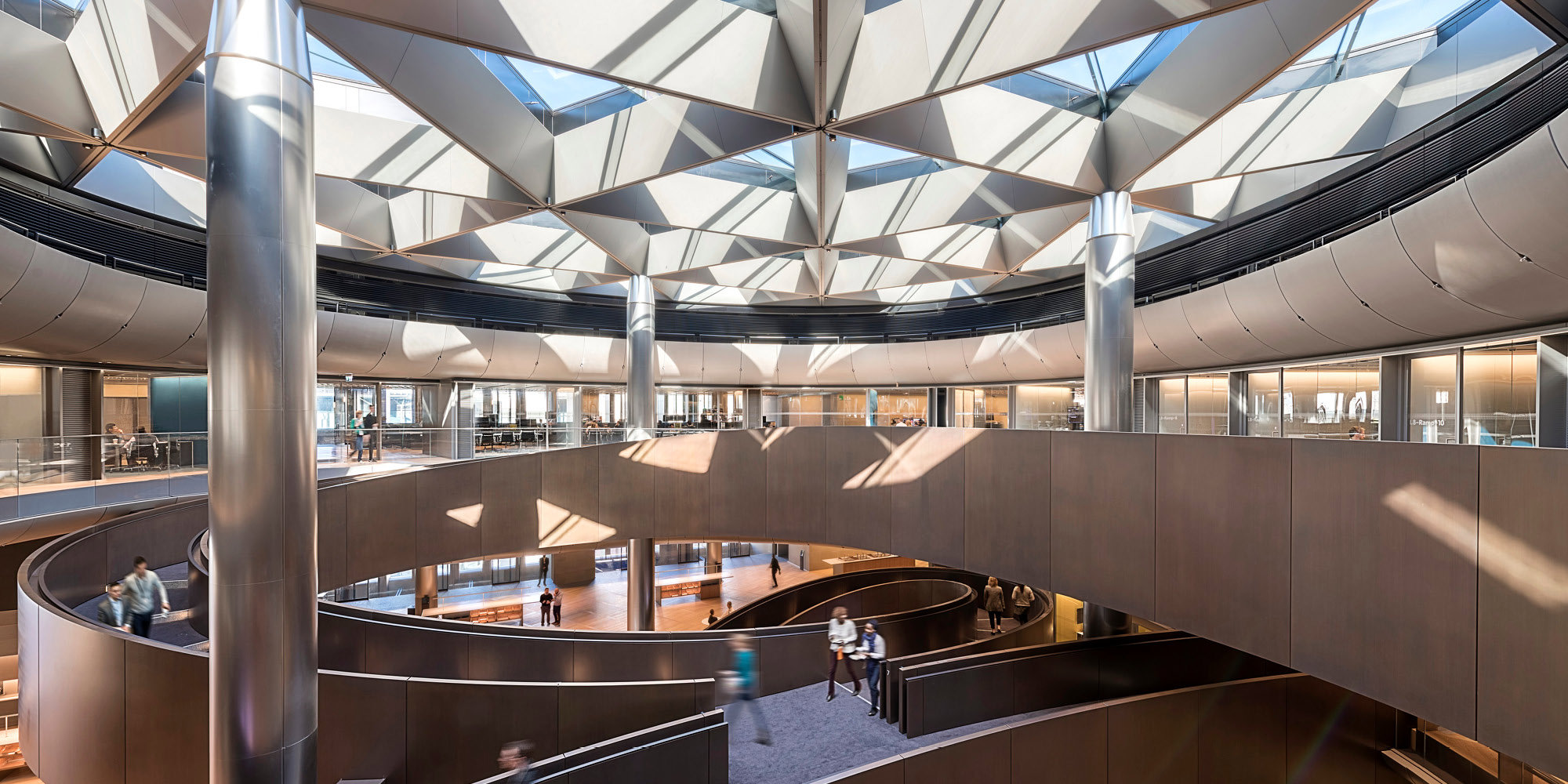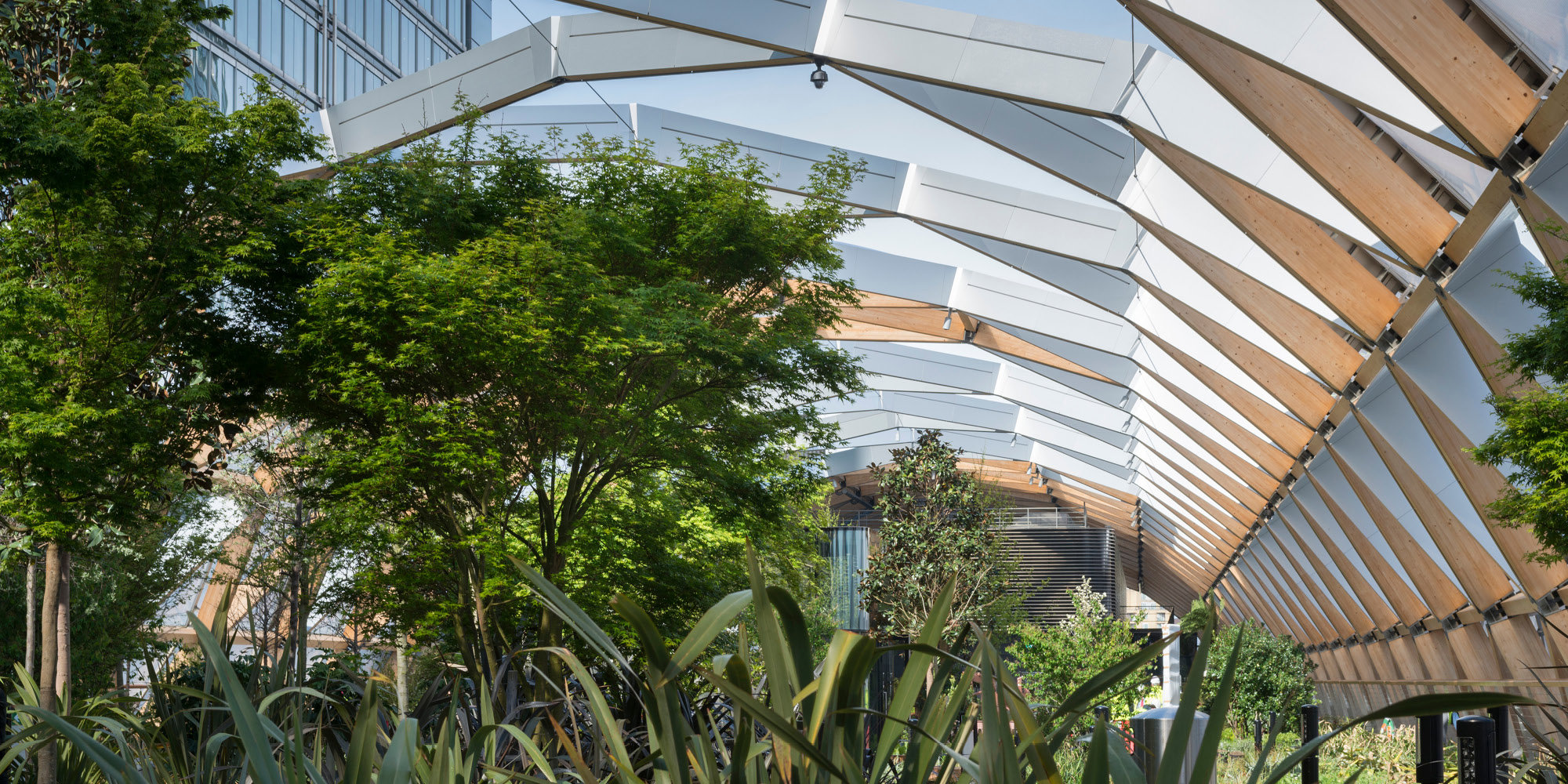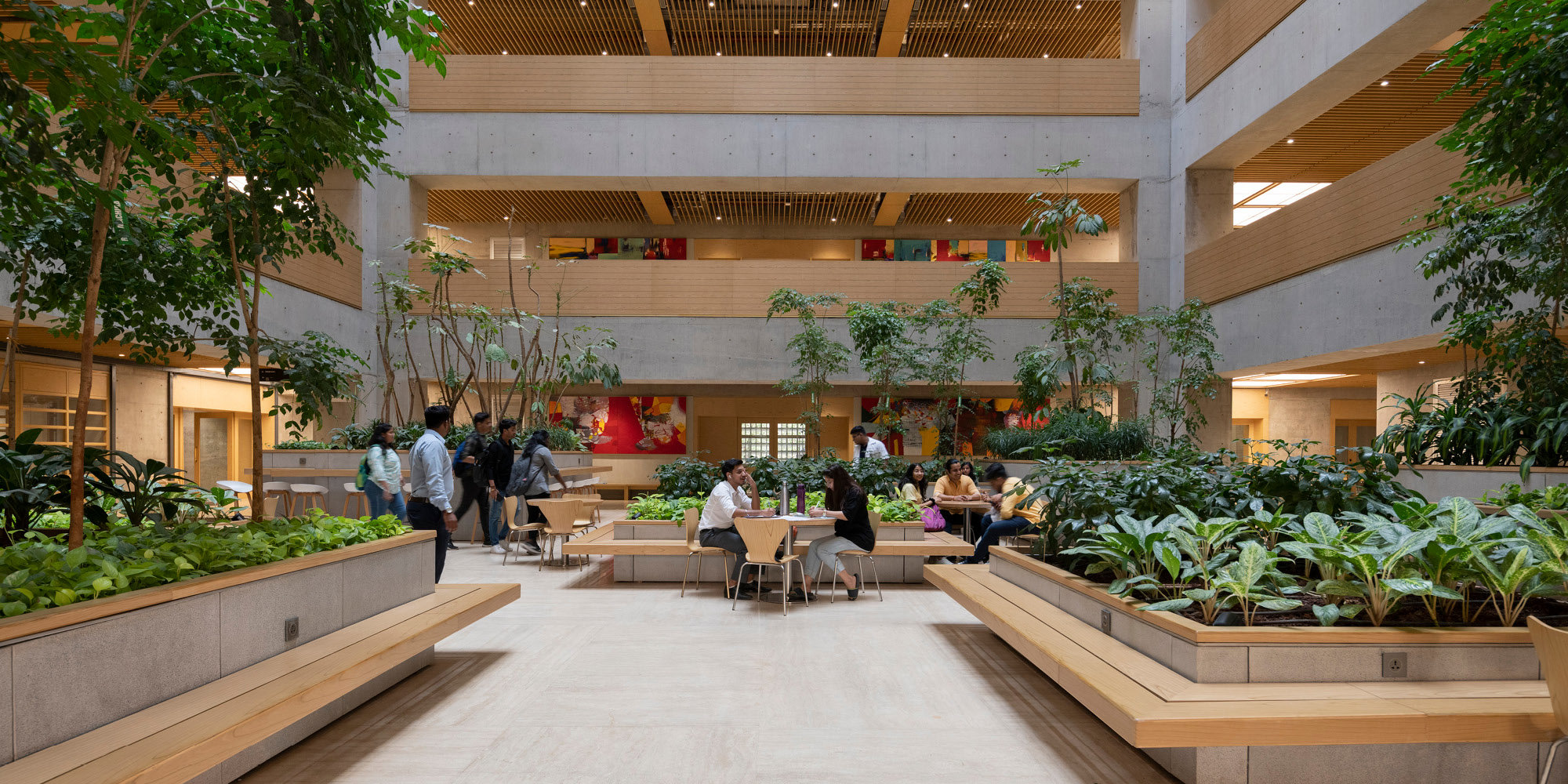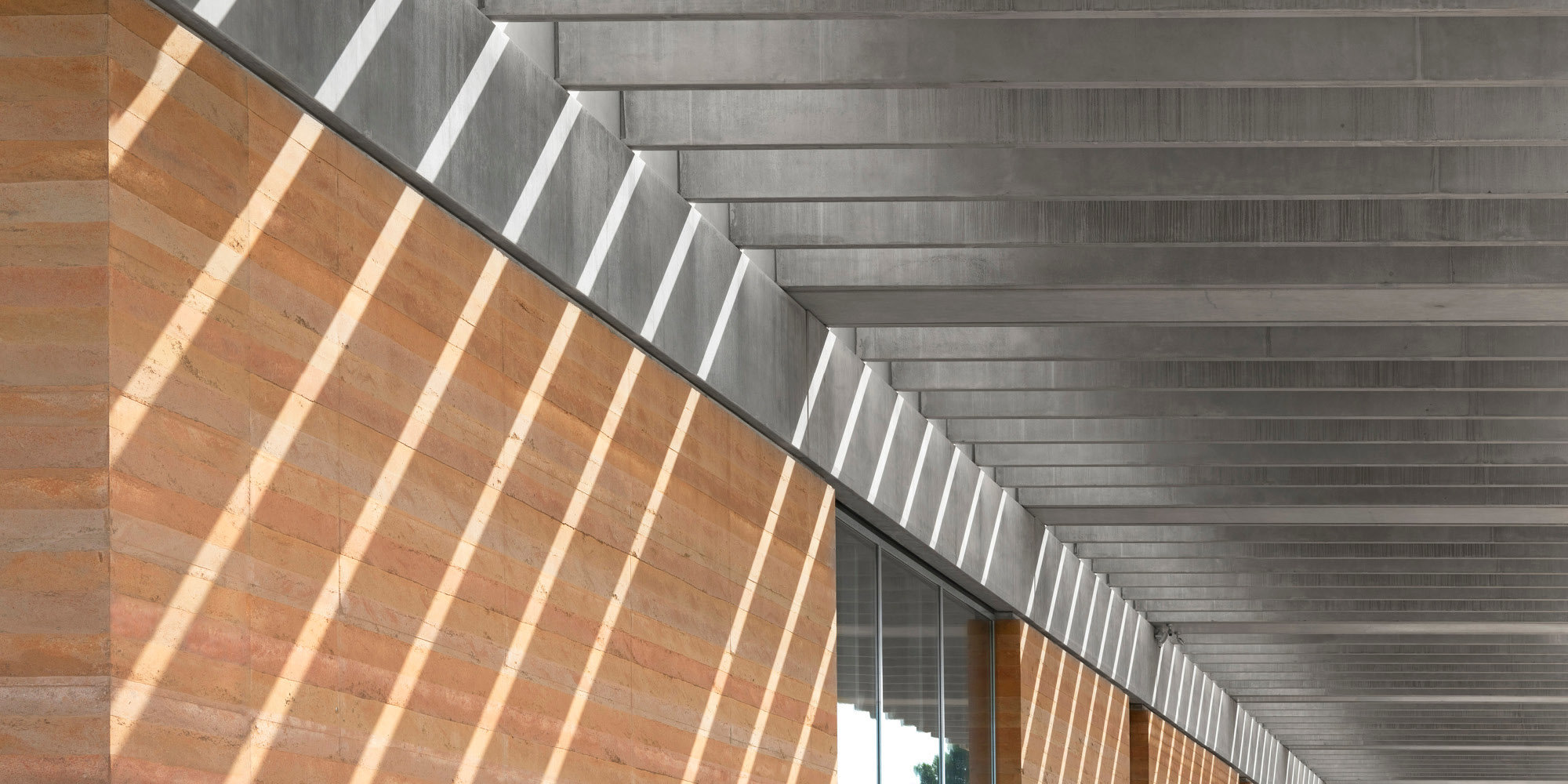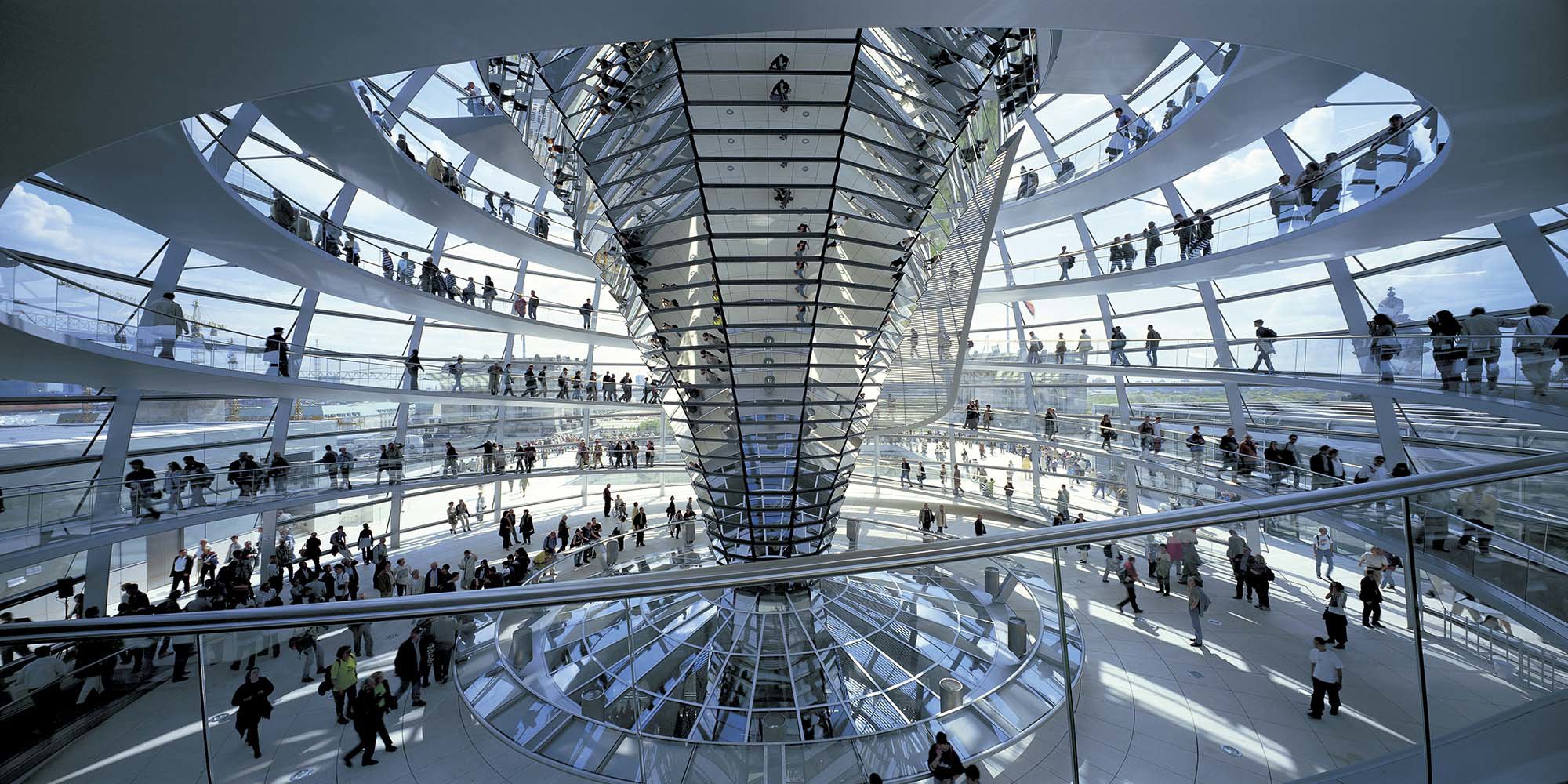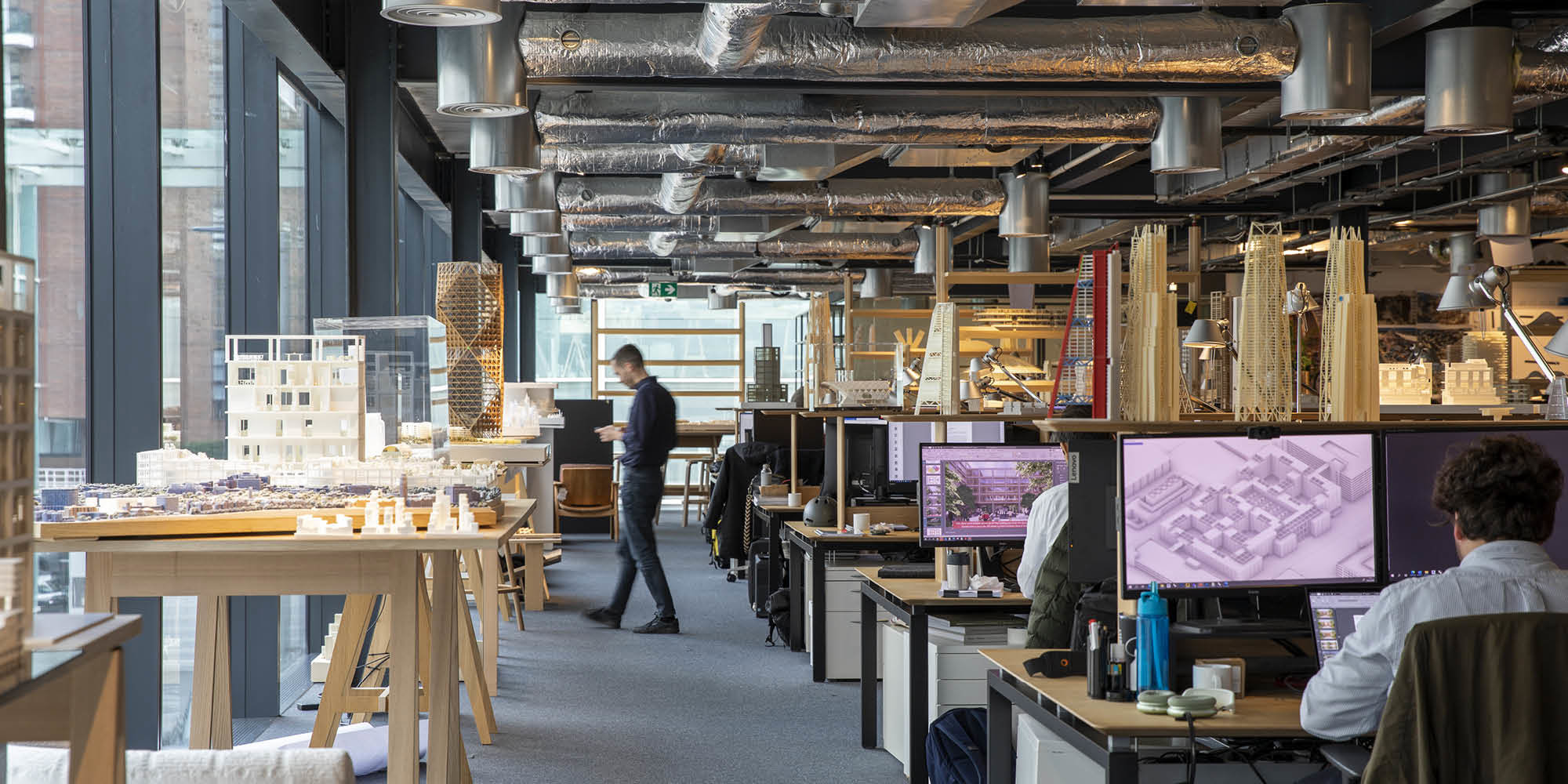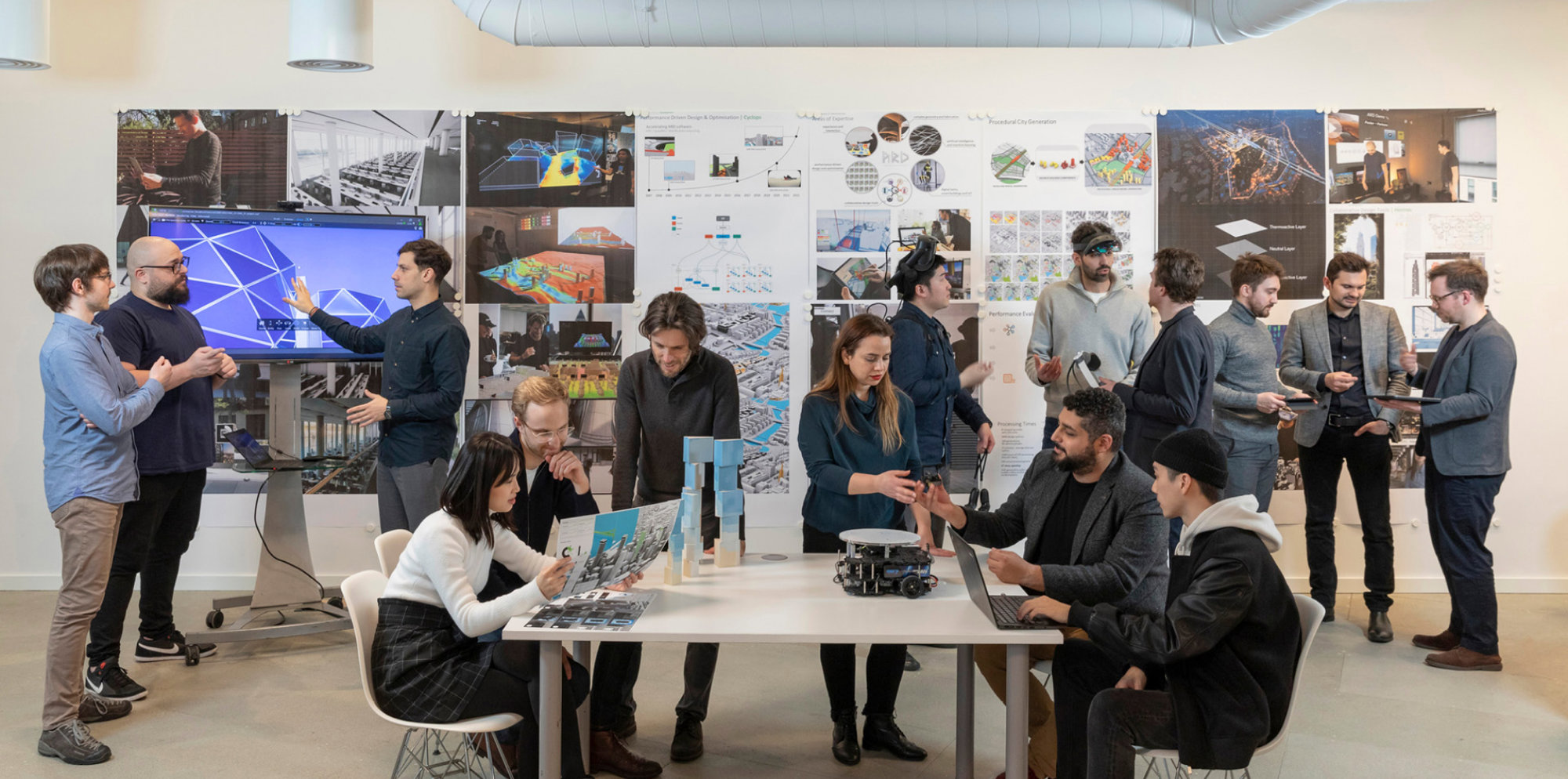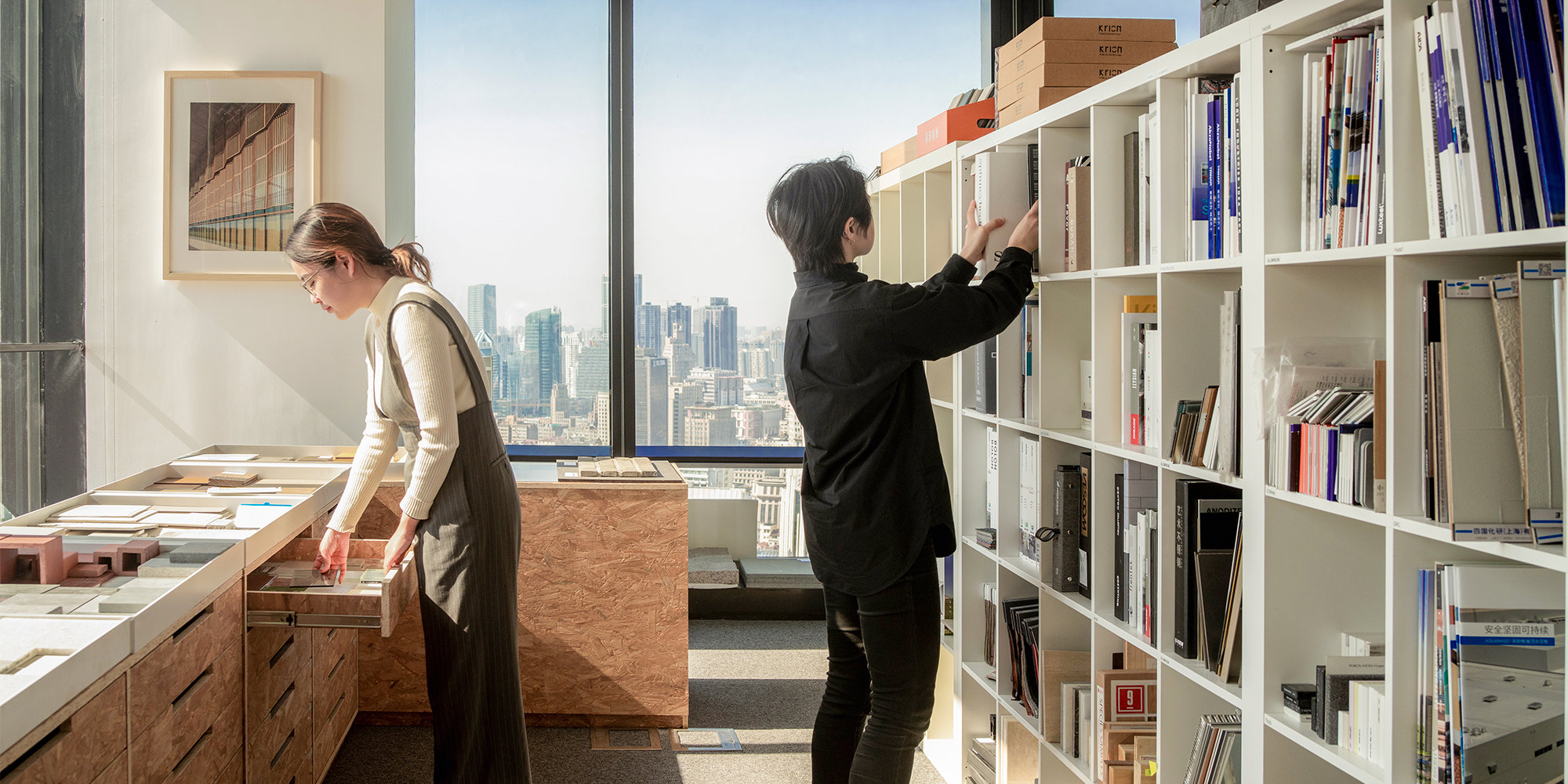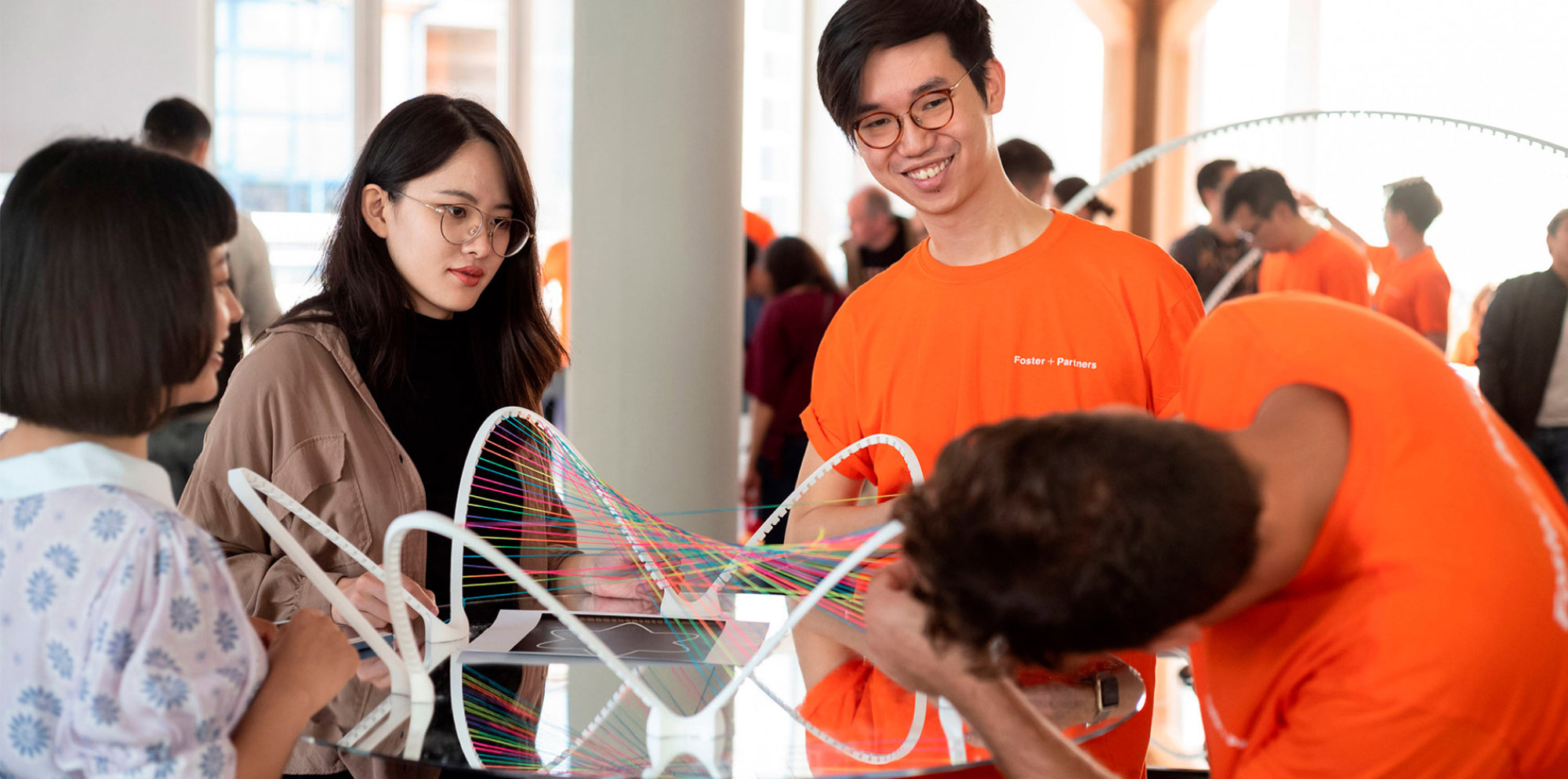The Column gives you the opportunity to ask our experts about their work, and how it shapes the built environment.
Last month, you submitted your questions to Rob Turner, who is the Workshop Manager at Foster + Partners, bringing over two decades of experience in modelmaking. Since joining the practice in 2001 he has helped to develop it into one of the most advanced modelmaking facilities in the industry.
He manages our largest modelshop and is responsible for team development, health and safety, and the coordination of multiple ongoing projects. His expertise spans complex machinery, carpentry and joinery, alongside an in-depth knowledge of materials and prototyping.
